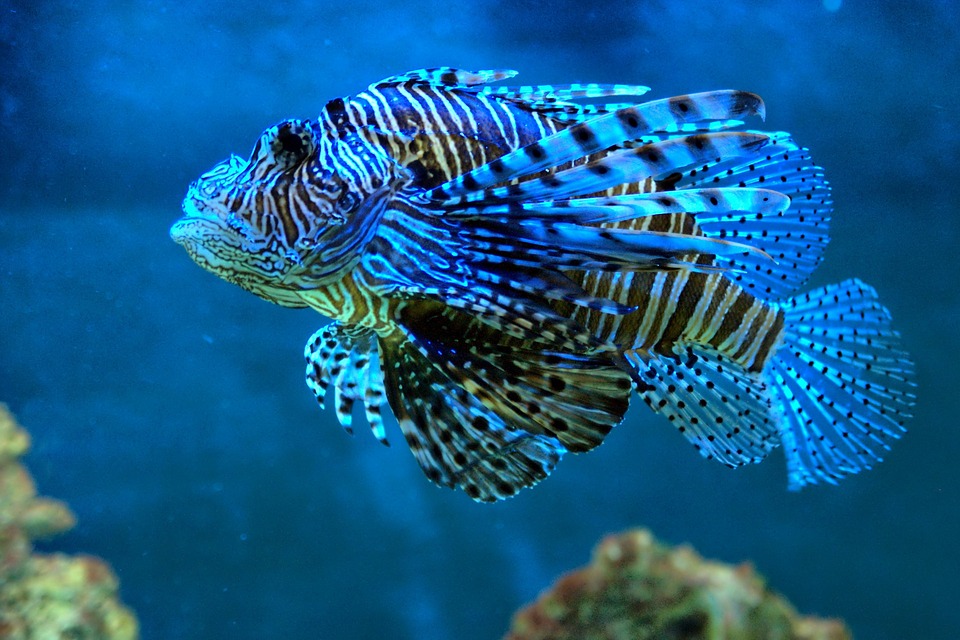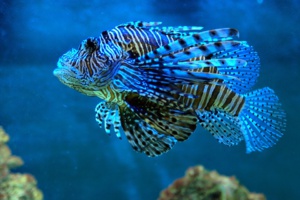Matthew Stock reports to Reuters that scientists have been able to show that a particular species of “tropical fish” have the capacity to differentiate and recognise human faces, whereby demonstrating that fish have a cognition power which could be deceiving by their tiny brains.
Attempting to prove the cognition capacity is a rather difficult task. However, some scientists based out of Australia and Britain came together and showed that some of the fish can actually “differentiate between complex shapes and patterns”. In fact, some of them even have the aptitude for learning to “recognise human faces” through training.
One such species are the archerfish, whereby one such specimen of archerfish was shown “two different images of human faces” and were given a training wherein the subject had to “choose” one of the faces by “spitting a jet of water at it”. Interestingly, the fish succeeded eighty one percent of the time in recognising the face from a conglomeration of forty four new faces.
Moreover, the said capacity was demonstrated by the specimen archerfish even though its brain did not develop “the part of the brain which other animals use for sophisticated visual recognition”. Oxford University’s Marie Curie Research Fellow from its Zoology department, Dr. Cait Newport stated:
"When you look at a picture of a fish's brain it's only got what we consider the primitive sections of the human brain which are underneath that highly folded neocortex. And yet fish are still able to perform really complex behaviours; they can do facial recognition as we showed, they also build social systems, and there's some evidence of potential tool use."
Another specimen, this time incorporating a “Picasso triggerfish” managed to differentiate the only black disk that was kept amid other white ones. It is an indicative on their breeding behaviour whereby they “return to the same territory year after year” during the breeding season, sometimes under taking a long journey. Dr. Newport adds:
"It is amazing what they can do with a really simple brain as humans like to call it. Although it seems a bit unfair to call it simple - I think their brains are perfectly adapted to what they do and that's what's important to remember about all this - brains can look different, but they've evolved for different tasks."
On a concluding note the team states that development of complicated brain structures are “not essential” when it comes to “recognising subtle differences like in human faces”.
References:
http://www.reuters.com/
Attempting to prove the cognition capacity is a rather difficult task. However, some scientists based out of Australia and Britain came together and showed that some of the fish can actually “differentiate between complex shapes and patterns”. In fact, some of them even have the aptitude for learning to “recognise human faces” through training.
One such species are the archerfish, whereby one such specimen of archerfish was shown “two different images of human faces” and were given a training wherein the subject had to “choose” one of the faces by “spitting a jet of water at it”. Interestingly, the fish succeeded eighty one percent of the time in recognising the face from a conglomeration of forty four new faces.
Moreover, the said capacity was demonstrated by the specimen archerfish even though its brain did not develop “the part of the brain which other animals use for sophisticated visual recognition”. Oxford University’s Marie Curie Research Fellow from its Zoology department, Dr. Cait Newport stated:
"When you look at a picture of a fish's brain it's only got what we consider the primitive sections of the human brain which are underneath that highly folded neocortex. And yet fish are still able to perform really complex behaviours; they can do facial recognition as we showed, they also build social systems, and there's some evidence of potential tool use."
Another specimen, this time incorporating a “Picasso triggerfish” managed to differentiate the only black disk that was kept amid other white ones. It is an indicative on their breeding behaviour whereby they “return to the same territory year after year” during the breeding season, sometimes under taking a long journey. Dr. Newport adds:
"It is amazing what they can do with a really simple brain as humans like to call it. Although it seems a bit unfair to call it simple - I think their brains are perfectly adapted to what they do and that's what's important to remember about all this - brains can look different, but they've evolved for different tasks."
On a concluding note the team states that development of complicated brain structures are “not essential” when it comes to “recognising subtle differences like in human faces”.
References:
http://www.reuters.com/






